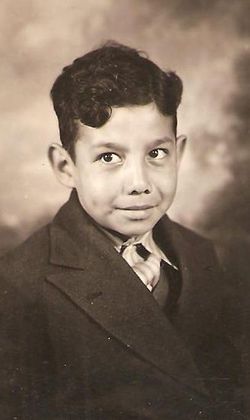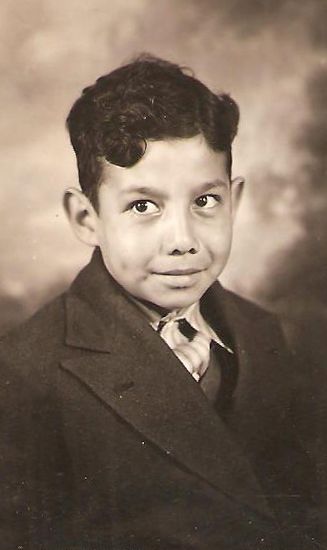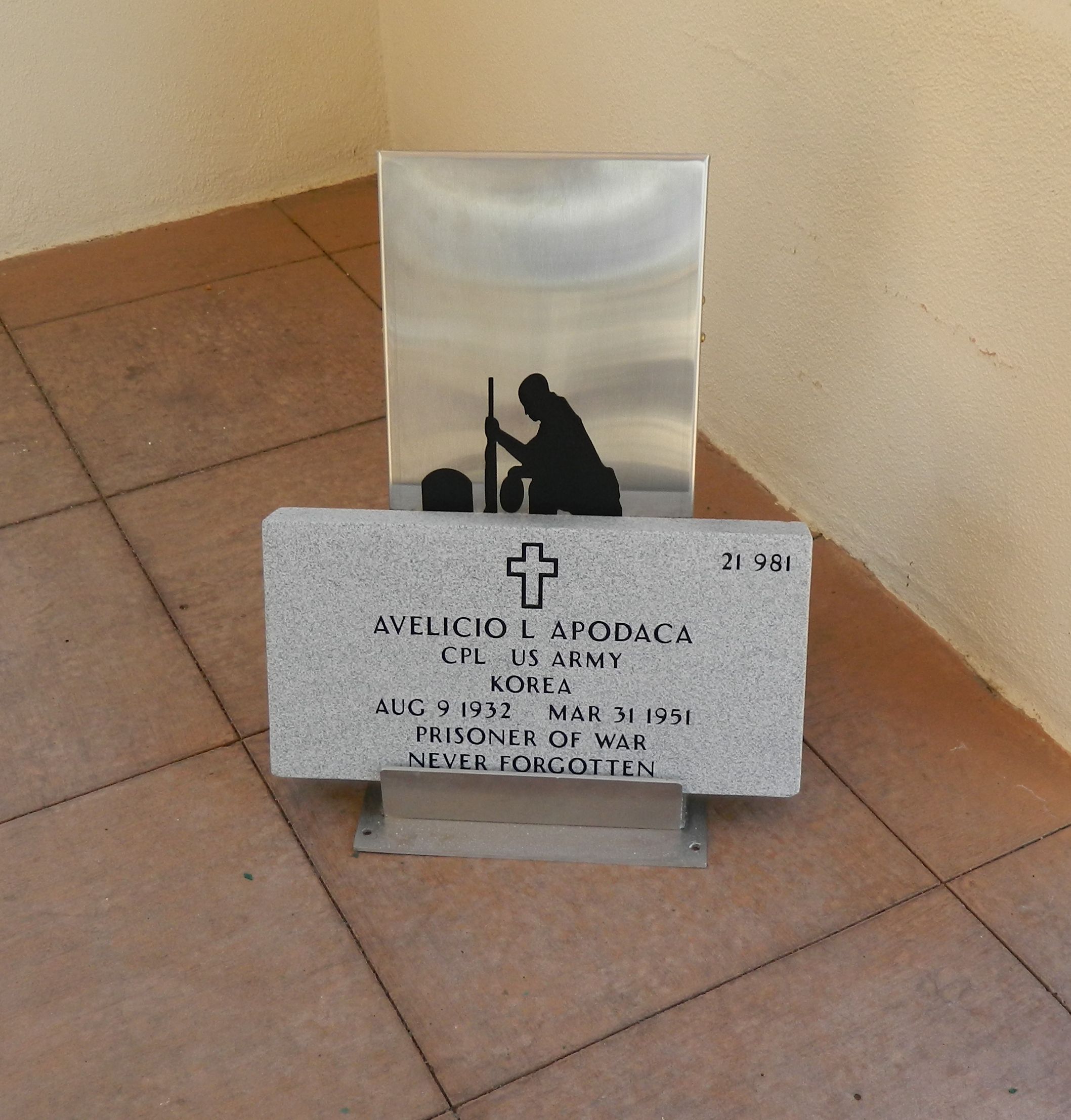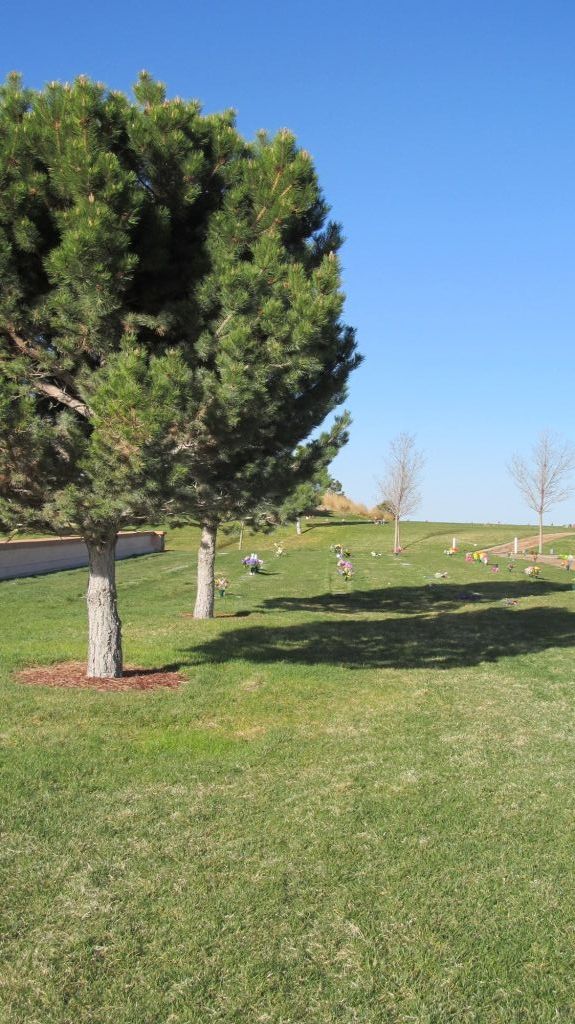Abie, son of Frank and Tillie Apodaca, attended Atrisco Elementary School through the eighth grade, the highest grade taught at the school back then.
February 14, 1951, Apodaca and elements of Heavy Mortar Company, 9th Infantry Regiment (IR), 2nd Infantry Division (ID), were occupying a position in the vicinity of Hoengsong, South Korea, when their unit was overwhelmed by Chinese forces. This attack caused the 9th IR to withdraw south to a more defensible position. Apodaca was reported missing after the attack. He had previously been seriously would in North Korea on November 30, 1950 and had returned to duty on January 3, 1951.
In 1953, returning American soldiers who had been held as prisoners of war reported that Apodaca had been captured by Chinese forces and died in a prisoner of war camp known as Camp 5 in Pyokdong, North Korea. CPL Apodaca had died as a prisoner on March 31, 1951, of starvation and pneumonia.
Between 1991 and 1994, North Korea turned over to the U.S. 208 boxes of human remains believed to contain more than 400 U.S. servicemen who fought during the war. North Korean documents, turned over at that time, indicated that some of the remains were recovered from the vicinity where Apodaca was believed to have died.
From June 2-8, 1999, a joint U.S./D.P.R.K. team excavated a secondary burial site in an agricultural field east-northeast of Kujang, North Korea and recovered remains. These remains, and some of the remains turned over between 1991 and 1994, were identified as Apodaca.
In the identification of Apodaca's remains, scientists from DPAA and Armed Forces DNA Laboratory (AFDIL) used circumstantial evidence and forensic identification tools, including mitochondrial DNA, which matched his cousins.
See KOB4's "New Mexico POW who died in Korean War identified through cousin's DNA; to be brought home 63 years later" for more details
AWARDED
Purple Heart with Oak Leaf Cluster
Combat Infantryman's Badge
Prisoner of War Medal, Korean Service Medal
United Nations Service Medal
National Defense Service Medal
Korean Presidential Unit Citation
Republic of Korea War Service Medal
Abie, son of Frank and Tillie Apodaca, attended Atrisco Elementary School through the eighth grade, the highest grade taught at the school back then.
February 14, 1951, Apodaca and elements of Heavy Mortar Company, 9th Infantry Regiment (IR), 2nd Infantry Division (ID), were occupying a position in the vicinity of Hoengsong, South Korea, when their unit was overwhelmed by Chinese forces. This attack caused the 9th IR to withdraw south to a more defensible position. Apodaca was reported missing after the attack. He had previously been seriously would in North Korea on November 30, 1950 and had returned to duty on January 3, 1951.
In 1953, returning American soldiers who had been held as prisoners of war reported that Apodaca had been captured by Chinese forces and died in a prisoner of war camp known as Camp 5 in Pyokdong, North Korea. CPL Apodaca had died as a prisoner on March 31, 1951, of starvation and pneumonia.
Between 1991 and 1994, North Korea turned over to the U.S. 208 boxes of human remains believed to contain more than 400 U.S. servicemen who fought during the war. North Korean documents, turned over at that time, indicated that some of the remains were recovered from the vicinity where Apodaca was believed to have died.
From June 2-8, 1999, a joint U.S./D.P.R.K. team excavated a secondary burial site in an agricultural field east-northeast of Kujang, North Korea and recovered remains. These remains, and some of the remains turned over between 1991 and 1994, were identified as Apodaca.
In the identification of Apodaca's remains, scientists from DPAA and Armed Forces DNA Laboratory (AFDIL) used circumstantial evidence and forensic identification tools, including mitochondrial DNA, which matched his cousins.
See KOB4's "New Mexico POW who died in Korean War identified through cousin's DNA; to be brought home 63 years later" for more details
AWARDED
Purple Heart with Oak Leaf Cluster
Combat Infantryman's Badge
Prisoner of War Medal, Korean Service Medal
United Nations Service Medal
National Defense Service Medal
Korean Presidential Unit Citation
Republic of Korea War Service Medal
Family Members
Sponsored by Ancestry
Advertisement
Records on Ancestry
Advertisement





